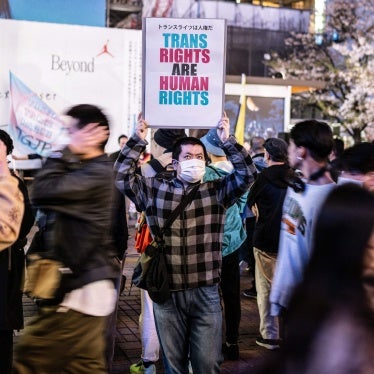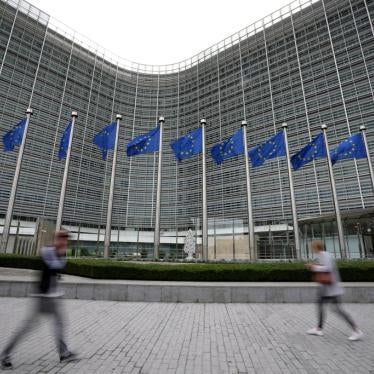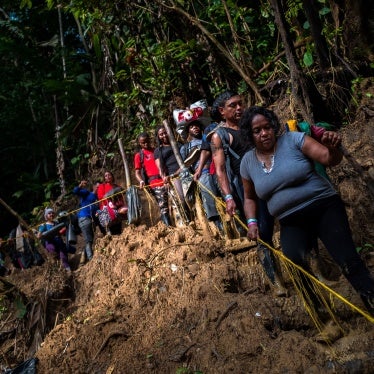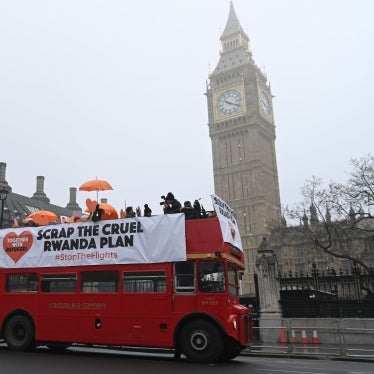When conflict between Georgia and Russia over the breakaway Georgian region of South Ossetia broke out in August, Human Rights Watch immediately dispatched its researchers to gather first-hand information on harm being done to civilians. For days we were the only independent international observers in South Ossetia, and we became the go-to source for reliable and timely information on the conflict for the media and policymakers. Each party to the conflict accused the other of atrocities and offered dramatically different accounts of the number of civilians killed, fueling tensions and raising the risk of reprisal attacks. We moved quickly to temper the discourse by reporting that both Russia and Georgia bore blame for civilian deaths and showing that the death toll in South Ossetia was far lower than early claims of thousands. The information we put out had an effect in constraining local actors. For example, shortly after we documented the looting and burning of ethnic Georgian villages by Ossetian forces as Russian troops stood idly by, the conduct of some Russian troops changed, and they acted to stop the mayhem, at least for a period of time.
We also exposed the use of cluster munitions by both Russia and Georgia. As a result, Georgia said it was actively considering joining the new treaty banning this weapon-and in response to our urgent appeal immediately started a program to educate its citizens about the danger of unexploded cluster ordnance.







